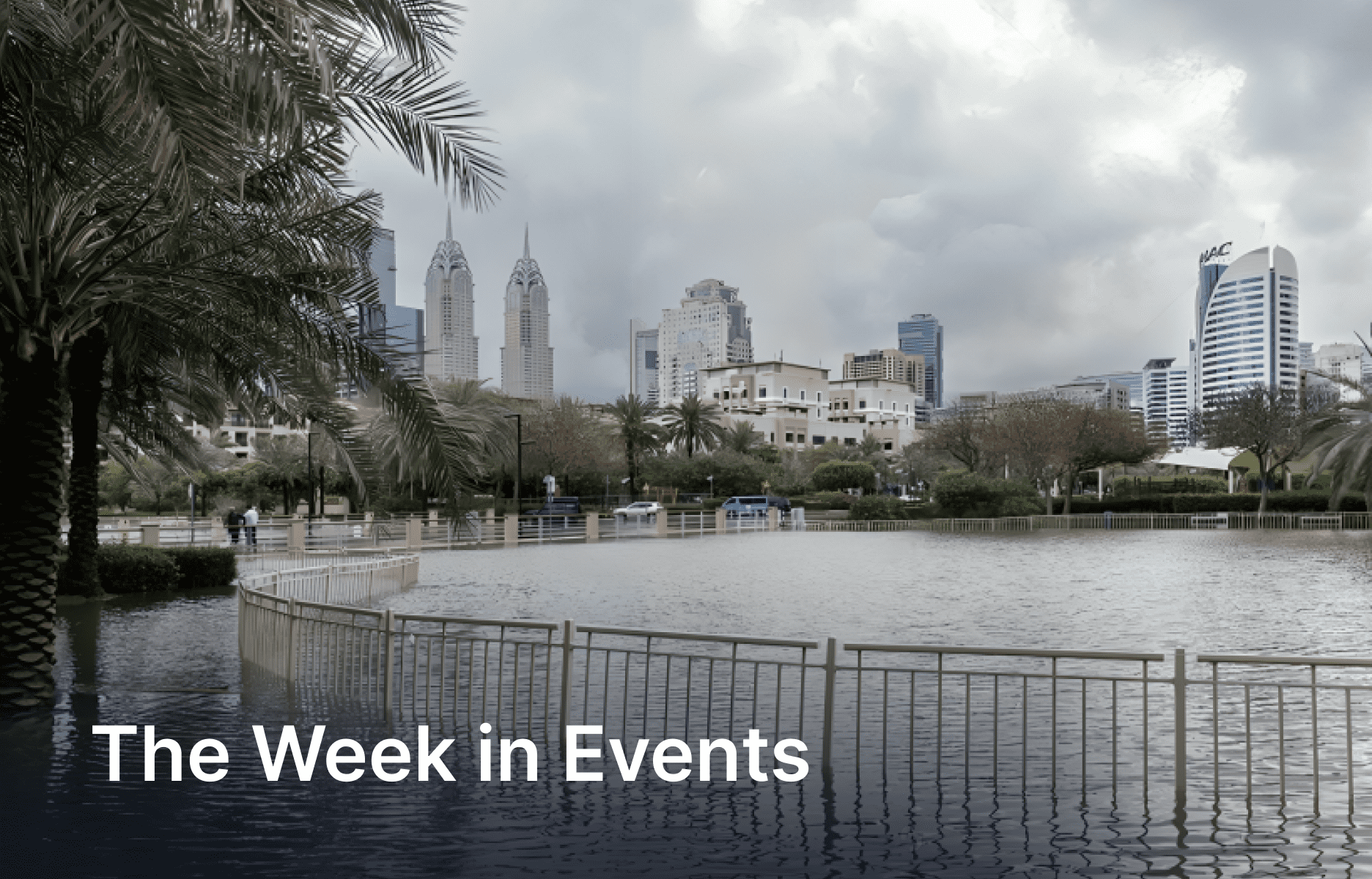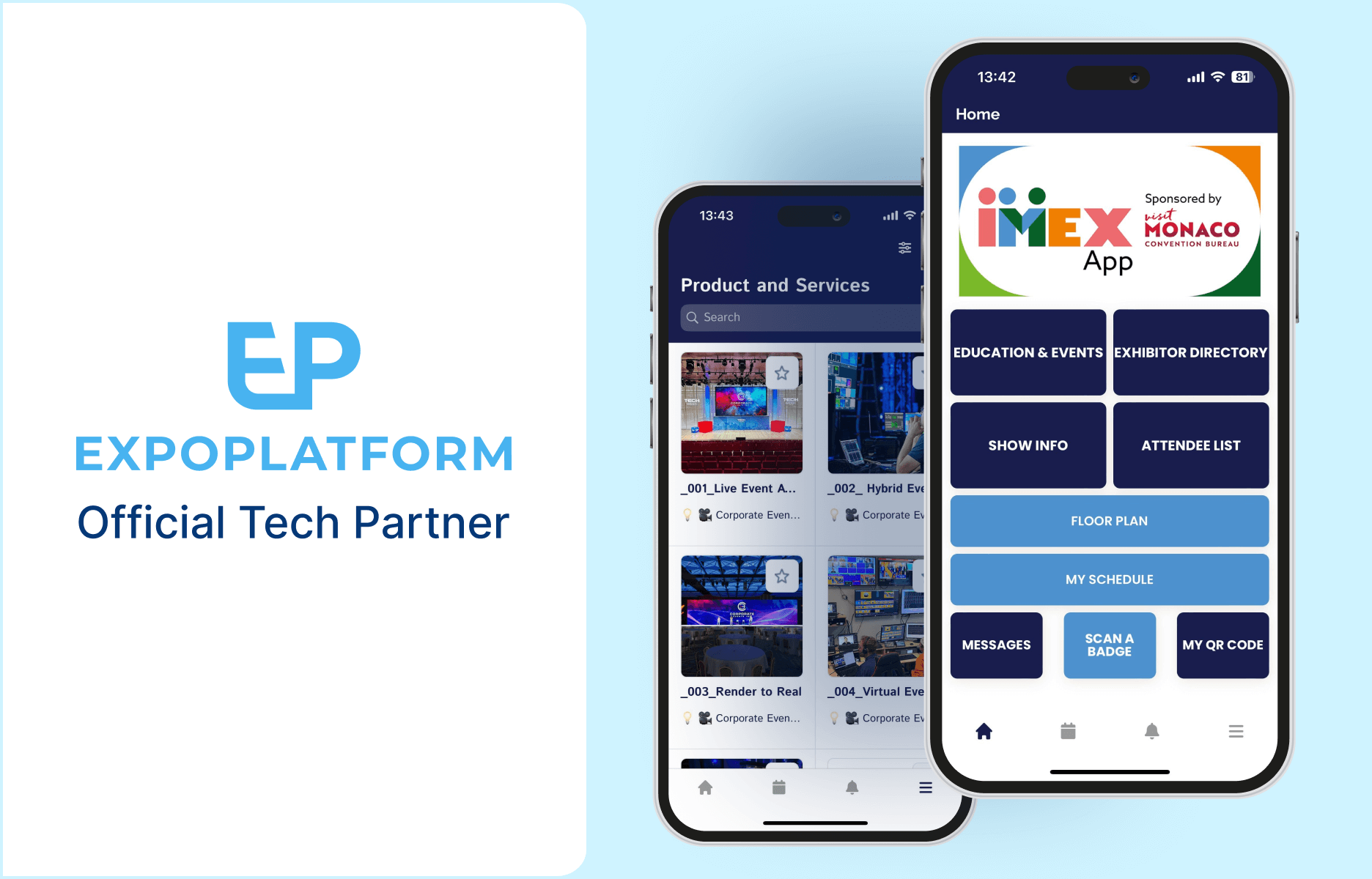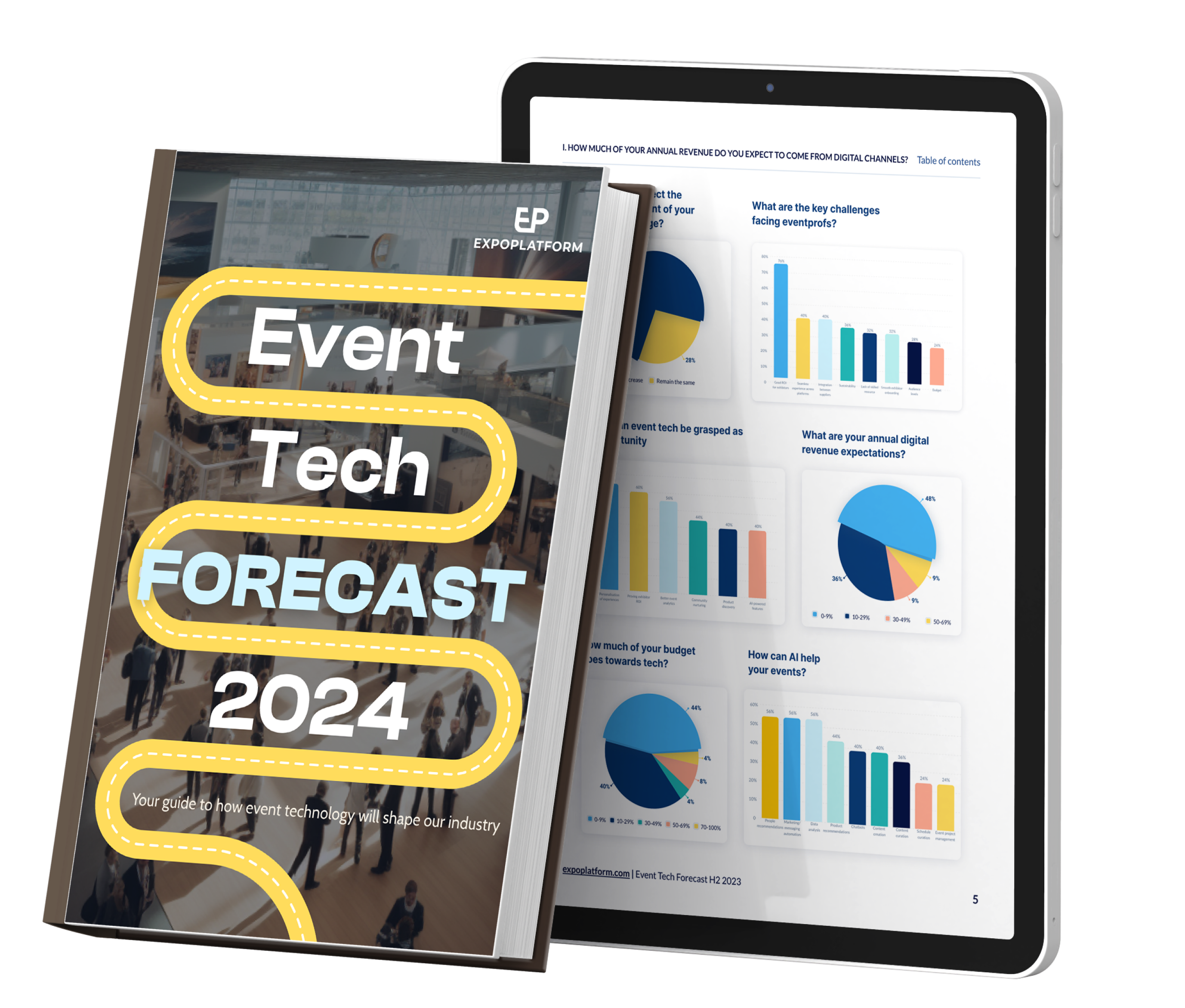
How to Retain your Event Attendees and Grow their numbers?
How successful an event is objectively quantifiable in terms of number of visitors, number of exhibitors and exhibition area. All of the metrics are essentially explainers for the ultimate measure of event success – revenue. Understanding that visitors and exhibitors directly impact revenue, drives the need to understand how they make their decision to participate and what it is they are trying to achieve by attending your event.
The only way to really find the answer to these questions is to ask them. Event organisers start planning the next event in the middle of their current one, and all too often without a firm understanding of what it is their clients really want. Nevertheless, the two questions they ask themselves are: “How do I keep my existing clients?”, and “How do I attract new ones?”. Let’s call these retention and acquisition.
So how do we maximise retention? It really comes down to understanding what attendees and exhibitors are satisfied with, and what they would have liked to be different, or simply better. If you can get their feedback, understand it, and assure them that their next experience will be improved in the way they suggested, your chances of keeping all satisfied and borderline clients are high. You will also greatly increase the chance of those who didn’t get what they expected this time around, to come back next year.
While retaining existing clients is important, it is perhaps even more important to attract new ones. Email marketing and advertising is certainly one way of doing this, but what you should really aim to do is build a community network around your event. If you’ve done things correctly, existing attendees will spread the word to others they know and bring people to their event. In the case of exhibitors, this maybe their list of existing and potential clients. In the case of visitors, it may be their friends and colleagues.
So how can you do this?
First and foremost, stay in touch with them. This doesn’t mean sending a constant stream of emails marketing your services. Ask them their opinion: Did they like the event? What objectives did they have? Were they met? What would have helped them meet their objectives? Next, once you’ve analysed the responses, share them with your audience. Tell them that their feedback has actually been looked at, tell them how you plan to address any issues that were raised. Let the answers to these questions show you the way forward in developing your show for the following year. You can send out a message to your attendees stating what improvements were made based on user feedback, and inviting them to attend once again and experience an even better show.
Not only will this serve as an excellent guide for making sure the content and format of your show resonates well with your intended audience, but it will also create the feeling of belonging to a community. Having a networking platform in place will help foster this community and create a resource of continuous feedback. While many people think of events as mechanism that promote products or services, the fact is that they driven and attended by people. These people have a need to communicate and share ideas and experiences, and are starting to expect the tools that enable them to do just that. And their expectations are not unfounded. It’s easier than ever for event organisers to give their events a strong online presence that is seamlessly integrated with their website.
On the other hand, there is also an expectation that the organiser knows the needs of every attendee, making it critical that organisers really understand their audience. This level of understanding can be gained only by building up real relationships with their visitors and exhibitors and focusing on analysing their feedback and user behaviour, however subtle.
There's more you might like

Events hit as UAE records heaviest rain in 75 years
Sweeping floods disrupted event operations as the UAE grappled with the most severe rainfall in nearly 75 years. The deluge led to several cancellations and postponements even as authorities acted to restore normalcy. That’s the main event story – read more about it below. Here are the full headlines of this week’s event news updates: ...

New tech features to fuel a more seamless IMEX Frankfurt
A new and improved suite of digital features will be introduced at IMEX Frankfurt to turbocharge a seamless experience for attendees. Work has been going on behind the scenes to optimize and improve tools – provided by official tech partner ExpoPlatform – for the show taking place May 14 – 16. Here’s a look at ...

Global MICE Collaborative makes a comeback
Leading event associations have re-introduced a key initiative amid a new landscape with “significant opportunity” for “fresh thinking”. The Global MICE Collaborative (GMC) – launched in 2018 – previously had to pause operations indefinitely due to the pandemic. It has now made a comeback with a range of educational and training events for meeting professionals. ...

